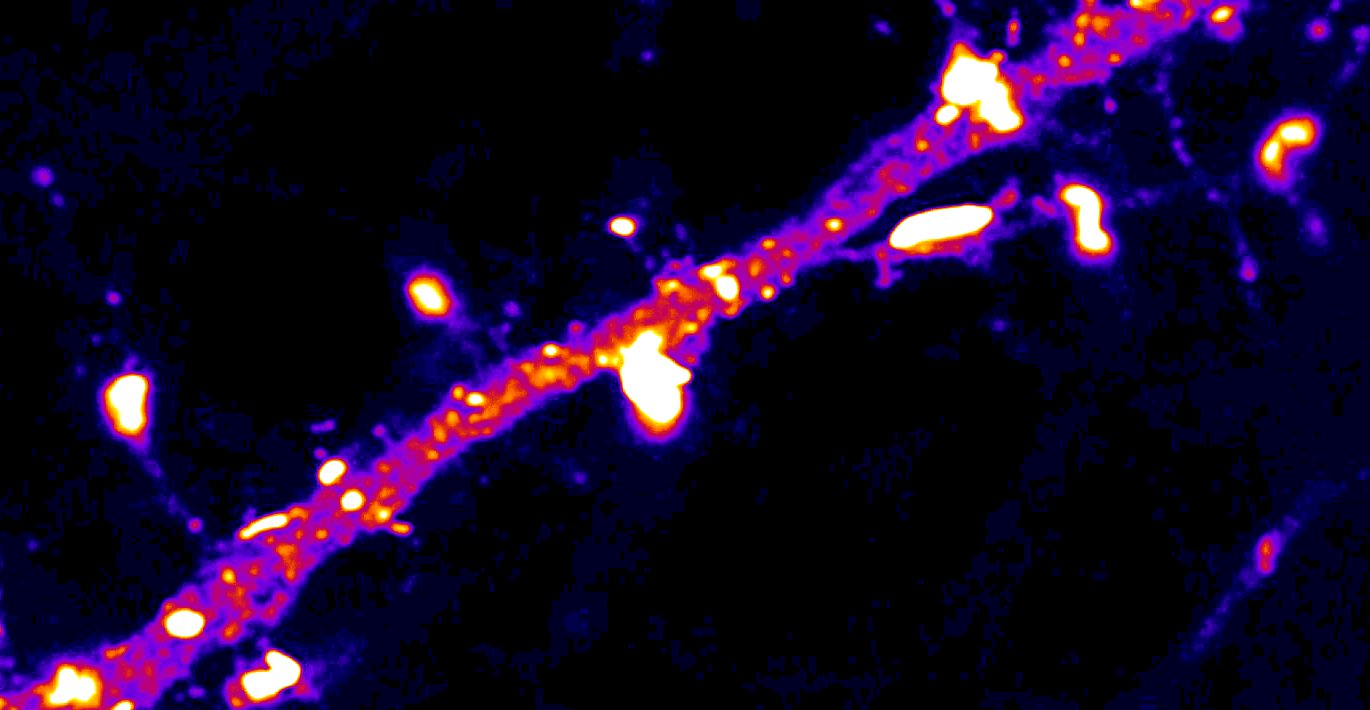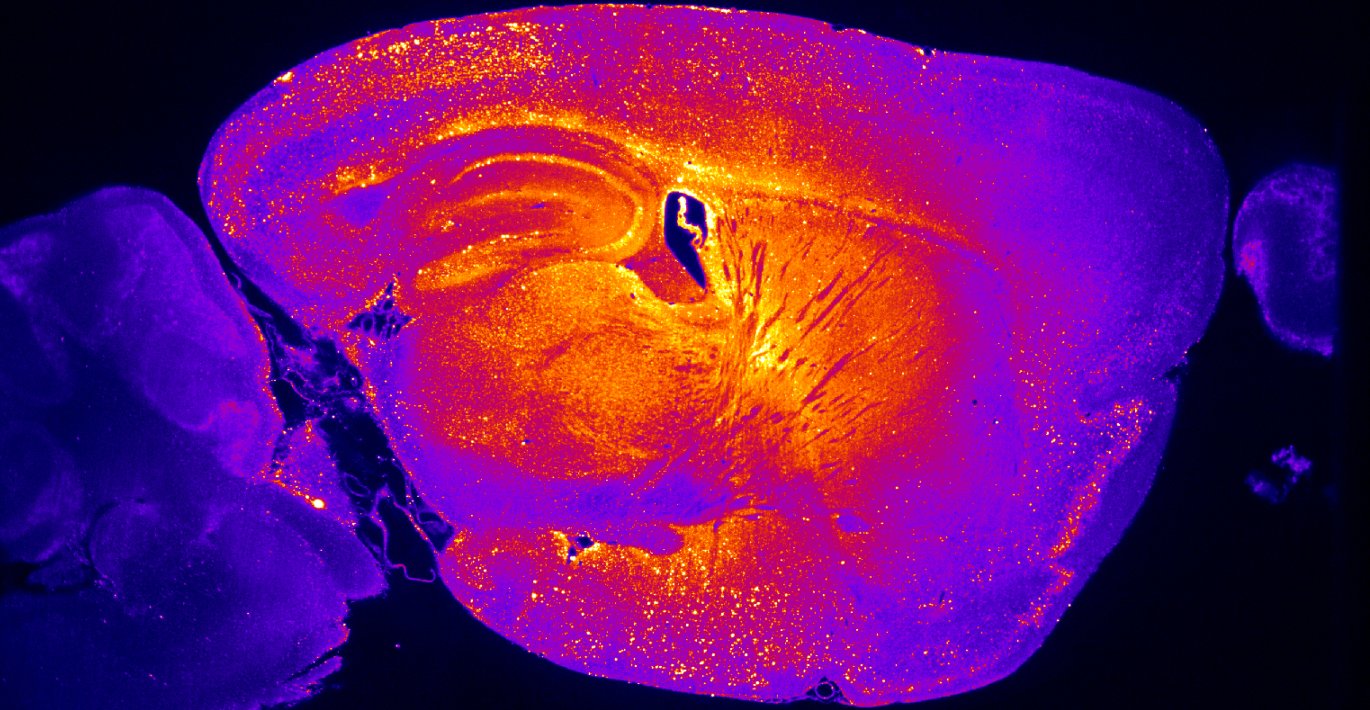Memory and alcohol use disorder
Memory processes, such as memory formation, consolidation, forgetting or memory extinction, are fundamental for our well being and survival. The importance of these processes can be understood not only in our daily life (when our car keys are not where we left them :) but also in various psychiatric and neurologic conditions. Memory processes are impaired in post-traumatic stress disorder, drug and alcohol abuse or Alzheimer's disease just to name the few. Currently, the molecular and neuronal basis of long-term memory are not sufficiently understood, therfore, the successful treatments for memory dysfunctions are missing. Our team is very much motivated to understand how the memory is formed, coded and transformed. We combine in our studies molecular, functional and morphological analyses of neurons, and neuronal circuits, with behavioral observations of laboratory animals. The long-term aim to our research is to develop insights for treatments for memory dysfunctions in psychiatric illnesses. If you are interested to learn more have a look at the book
"Novel Mechanisms of Memory" edited by Kasia Radwanska and K. Peter Giese.
see the list of main projects run in the lab.
see the tools we use
list of our papers



